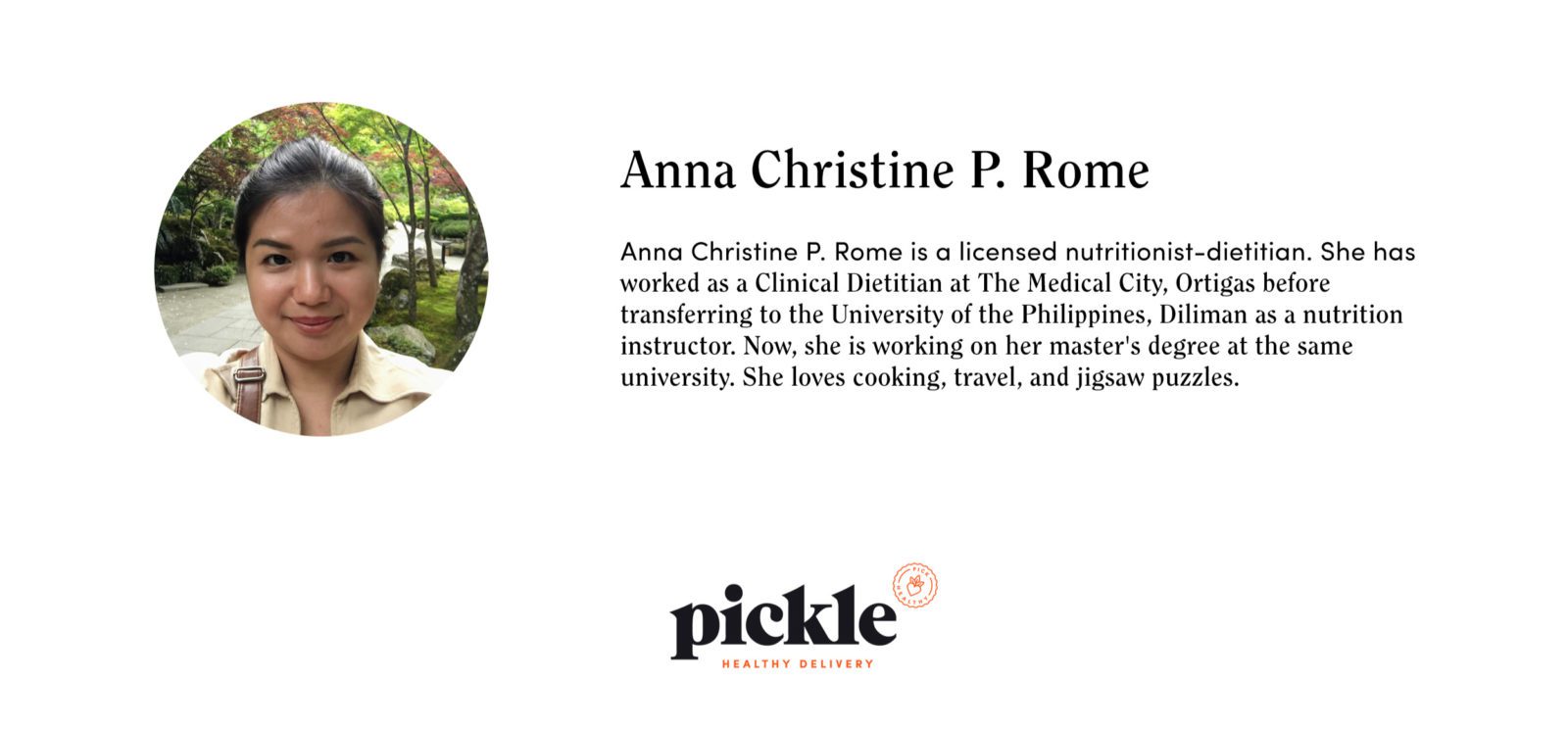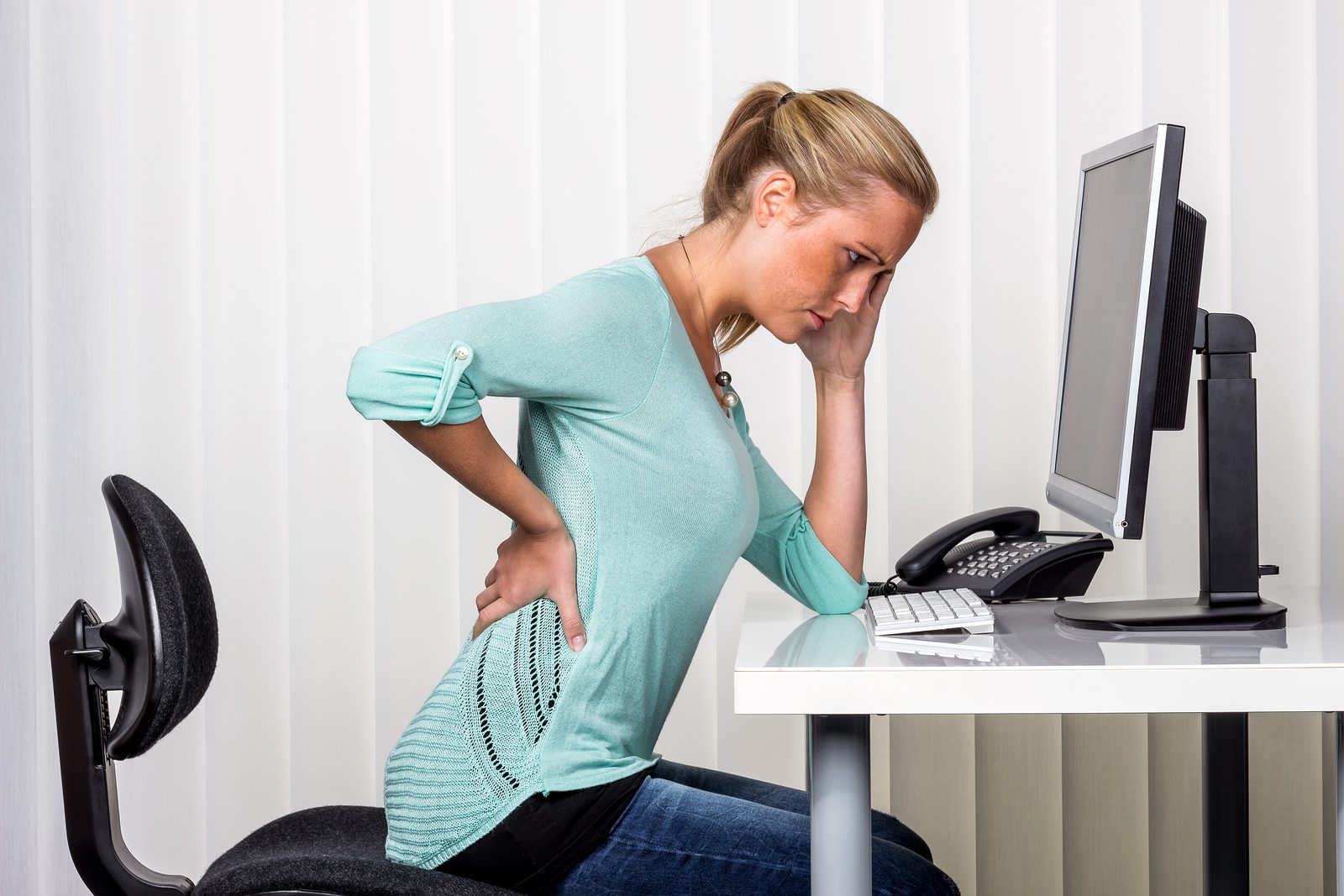How to Maintain Healthy Bones and Prevent Osteoporosis
Your bones are living, growing tissue. They play a vital role in providing structural support, protecting vital organs, producing blood cells, and storing minerals. But as we age, our bones naturally lose density, making them weaker and more prone to breaks. This condition, known as osteoporosis, can lead to fractures, pain, and even immobility. The good news? There are steps you can take to improve bone health and reduce your risk of osteoporosis.
What is Osteoporosis?
Osteoporosis, which means “porous bone,” is a disease that weakens bones, making them fragile and more likely to fracture. Common fractures occur at the hip, spine, and wrist. According to the International Osteoporosis Foundation, an osteoporotic fracture happens every 3 seconds worldwide. These fractures can cause complications like loss of height, joint pain, deformity, and limited mobility. Women are particularly at risk after menopause, as estrogen levels drop, accelerating bone loss.
How Bones Change Over Time
At birth, we have about 300 bones, but as we grow, some fuse together, leaving us with 206 bones in adulthood. Bones continuously break down and rebuild in a natural process that strengthens them. However, as we grow older, bone breakdown outpaces rebuilding, leading to bone loss.
To maintain strong bones and prevent conditions like osteoporosis, it’s essential to prioritize bone health throughout life. Below are actionable tips to help you keep your bones healthy and strong.
5 Tips to Improve Bone Health and Prevent Osteoporosis
Get Enough Calcium and Vitamin D
Calcium is essential for strong bones, while vitamin D helps your body absorb calcium effectively. Ensure your diet includes calcium-rich foods like dairy products, leafy greens, tofu, and calcium-fortified plant-based milk (e.g., almond or soy milk). For vitamin D, consume egg yolks, fatty fish like salmon or sardines, and fortified foods. Sun exposure can also help your body produce vitamin D naturally.
Engage in Regular Exercise
Physical activity strengthens bones by building bone density and muscle strength. Weight-bearing exercises like hiking, cycling, and resistance training are particularly effective. Choose activities you enjoy to stay consistent and ensure they suit your fitness level.
Avoid Smoking
Smoking weakens bones by reducing calcium absorption and accelerating bone loss. Quitting smoking is a crucial step toward better bone health.
Limit Alcohol Consumption
Excessive alcohol disrupts calcium balance and vitamin D production, which can weaken bones over time. Moderation is key to protecting your bone health.
Monitor Medications That Affect Bone Health
Certain medications, such as glucocorticoids prescribed for arthritis or asthma, may contribute to bone loss if overused. Talk to your doctor about medications that could impact your bone density and explore alternatives if necessary.
Why Bone Health Matters
Strong bones are essential for mobility and quality of life, especially as you age. By adopting a healthy lifestyle that includes proper nutrition, exercise, and avoiding harmful habits like smoking and excessive drinking, you can reduce the risk of osteoporosis and fractures. If you’re at higher risk for bone loss, consider a bone density test to monitor your bone health.
Take Action for Healthy Bones Today
It’s never too late to invest in your bone health. Eating a balanced diet rich in calcium and vitamin D, staying physically active, and avoiding harmful habits can make a significant difference. Remember, prevention is always better than treatment. Protect your bones today for a stronger tomorrow!

We Make It Easy To Pick Healthy.
Established since 2015. We are a healthy food delivery service offering delicious calorie-controlled and macro-balanced meals. Prepared by chefs and nutritionists with your health in mind.

